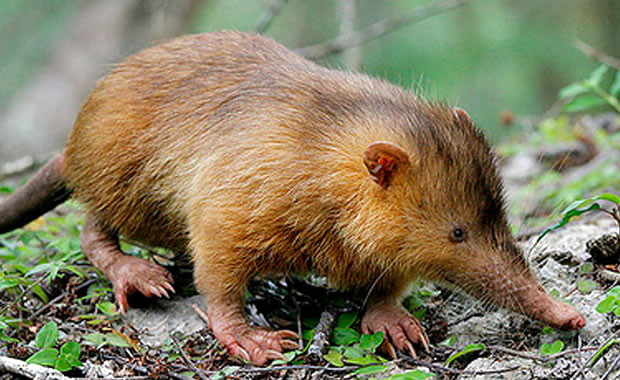
Ayumodoki
|
Creature Profile
The ayumodoki belongs to the loach family and is found in Lake Biwa, the Yodo River, and several other rivers in Okayama, Japan. It is an elongated and slender fish with a conical pointed head. Like catfishes, loaches have sensory organs known as "barbells", usually three to six pair. They also generally have a small bottom-facing mouth that is helpful for scavenging on the river floor. This species is one of the more brightly-colored loaches (possessing brightly-colored bands) which are popular with freshwater aquarists. The fins are yellowish-gold in color, and the dorsal and caudal fins have dark bands.
Loaches are generally shy freshwater fish and mainly inhabit rapid-moving streams, preferring to live on the bottom. They are scavengers and omnivorous, usually not very picky about what they eat. The diet of this species may consist of aquatic crustaceans, insects and other small invertebrates as well as scraps of organic detritus (waste material). Little is known about the reproductive behavior of this species.
This species was listed as endangered in 1970, but very few additional conservation measures have been taken to preserve the species. Cause of decline is believed to be environmental pollution, and competition with other introduced fishes.
Wikipedia Article

|
Wikipedia Article Copyright Notice: This article is licensed under the GNU Free Documentation License. It uses material from the Wikipedia article "Ayumodoki". |
May 12, 2017
Glenn, C. R. 2006. "Earth's Endangered Creatures - Ayumodoki Facts" (Online). Accessed 4/16/2024 at http://earthsendangered.com/profile.asp?sp=17&ID=3.
Need more Ayumodoki facts?




